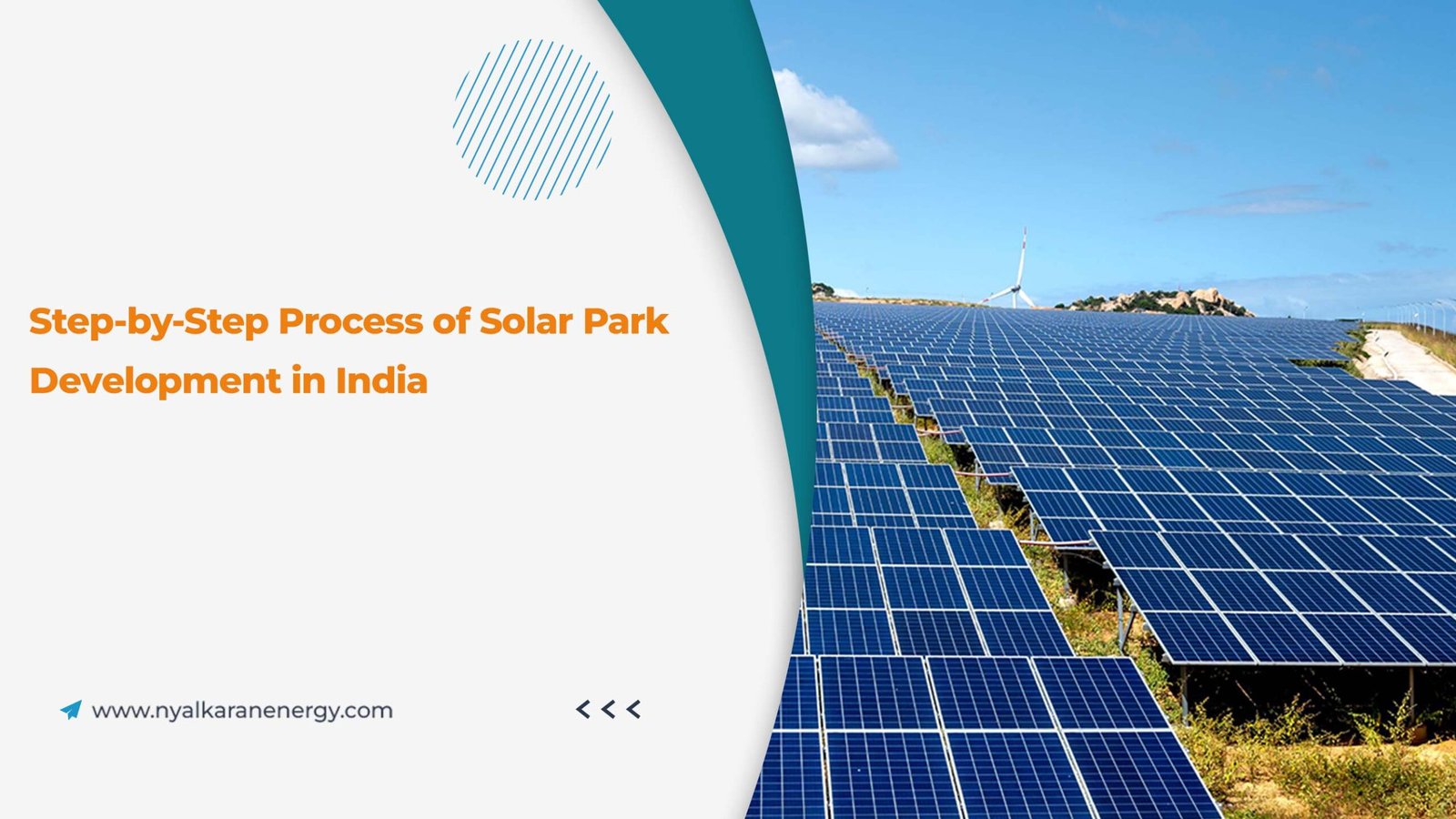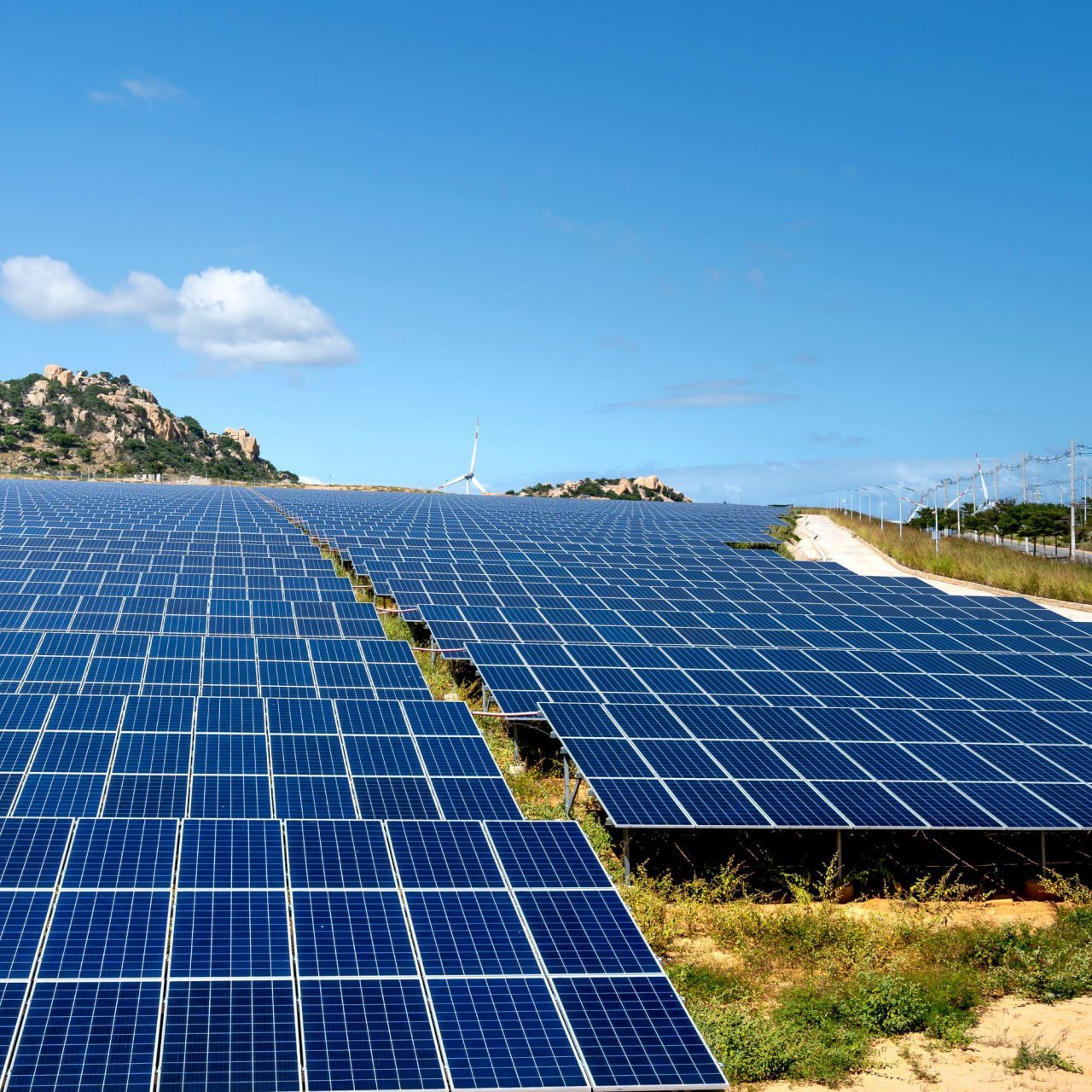
Planning and building a solar park is a multi-step procedure that requires preparation, accuracy, and clear technical knowledge. Every step of the process, from land assessment to solar energy system design and performance modelling, has potential hazards. So, this blog explains the principles of solar farm design and the utility-scale Solar Farms development. Remember to select a provider who has a platform that lets solar projects get from concept to execution quickly and confidently.
How To Design A Utility-Scale Solar Park
Here are the main steps for designing a solar park:
Conducting A Feasibility Study
A feasibility study is the first step in any utility-scale solar project before panels are installed. This stage assesses a solar power plant’s viability based on a number of important factors:
- Limitations on land ownership and availability.
- Potential for solar resources.
- Viability of connecting to the grid.
- Effects on the environment and protected areas.
- Permit and regulatory requirements.
Doing a financial analysis to assess the solar plant’s economic viability is another crucial stage. Considerations include return on investment, income creation, incentives, capital costs, and operating spendings.
Fixing On The System Size After The Feasibility Study
Your Solar Park development team choose the system size based on power targets and project goals after determining the viability of the solar project. This process enables rapid iterations based on the tracking system, frame configuration, and module type. This eliminates the need for manual recalculations and allows engineers to evaluate various layout sizes early.
Performing A Solar Resource Assessment
Understanding how much sunlight a property will actually receive is the next stage once it has been shortlisted. It involves:
- Examining data on long-term sun radiation.
- Carrying out shade analysis according to vegetation and terrain.
- Looking at the slope and azimuth and their effect on irradiance.
Choosing The Solar Technology
An essential first step in building Solar Farms is selecting the appropriate solar technology. The technology affects not just total yield of energy but also the performance and installation complexity in long-term. Solar developers nowadays go for PV or concentrated solar power systems. And within the PV type, they choose specified configurations like:
- Fixed-tilt systems are easy to build and maintain. These systems also work on flat or sloping plots, but these might also reduce yield.
- Single-axis trackers require slope homogeneity and additional structural considerations, which increase energy production by tracking the sun.
- Bifacial modules rely mostly on tilt optimisation, and ground reflectivity increases output by capturing light from both sides.
Creating The Solar Park Layout And Design Plan
The layout is the point where solar power park’s potential and its real-world limitations clearly meet. It indicates the construction cost and how efficiently a location can convert sunlight into electricity.
At this point, engineers specify the ideal solar panel tilt and orientation, row spacing to prevent self-shading and enhance airflow, and land usage strategy. They do this to balance density, constructability, the terrain and to lower grading and adjust to slopes.
Civil And Structural Design
The solar power plant’s structural soundness and constructability are ensured by this stage.
Practical factors should be considered, such as minimising possible accidents between frames and the ground and restricting slopes to what the building equipment can manage. At this point, access roads, drainage, and building logistics are also clearly planned out.

Creating An Electrical Design
When the mechanical design is complete, focus shifts to the distribution of electricity across the solar farm. All of the parts are connected by the electrical design, including the solar panel arrangement, wiring, solar cabling, inverting devices, transformers, and more.
The equipment engineers will plan to install various electrical components including transformers, inverters, etc.
Understanding the power plant’s location and the placement of essential electrical components like inverters and DC combiners is a must.
Estimating The Yield Of PV Park To Decide Project Design
Estimating the practical energy output of the solar park is a must before beginning development. By considering shade, topography, weather patterns, and system losses, designers estimate the plant’s predicted power generation using sophisticated simulation tools. It can be necessary to modify or re-optimise the layout before starting construction if the estimated yield is less than expectations.
Construction And Commissioning
When you get the approval for designs, permits, and other components, your hired team can put the project into action. This phase includes:
- Installation of foundations and civil works.
- PV module installation and wiring.
- Commissioning and final testing.
- Maintenance, monitoring, and performance analysis
After commissioning, a solar farm needs to be maintained for decades to be successful. The monitoring system must be configured to continuously monitor the plant’s performance, spot possible problems early, and modify activities to optimise energy production. Collaborating with seasoned solar design experts is essential to completing complicated projects on schedule, from feasibility to final production.
Building A Utility-Scale Solar Farm
Now that the solar system design or plan is ready, here are the steps to develop it in real world.
Project Planning
The location, expected returns, and the capacity should be the target of your solar park project. Environmental considerations, grid proximity, geography, and sun irradiance are all assessed in a feasibility study. The groundwork for precise solar park design and site suitability is laid at this stage.
Procurement And Engineering
After permits are obtained, the procurement process starts. It is necessary to purchase parts from reliable vendors, such as PV modules, inverters, installation systems, and electrical equipment. Plans for string configurations, civil layout, grid integration, and electrical schematics are all created using the technical design of the solar power park.
Construction And Installation
Solar park building starts after the permits and designs are ready. Ground grading, access road construction, racking system, wiring, and solar module installation are all part of this step, which transforms the concept into infrastructure. Close collaboration between EPC contractors, technology suppliers, and civil engineers is necessary for this intricate procedure.
Functional Testing
After the physical installation is complete, commissioning guarantees that the solar power plant operates as planned. This includes verifying grid connection points and functional testing of monitoring systems, transformers, and inverters. This process involves grid synchronisation, performance benchmarking, and electrical safety testing.
Monitoring And Performance Analysis
Following the plant’s activation, continuous monitoring takes precedence every day. High-resolution data about performance is a must for solar farms of any scale to detect inadequate performance early and sustain energy output as time goes by.
Reporting And Compliance
From generating statistics and environmental impact measurements to maintaining equipment and regulatory filings, solar farm operators have a number of reporting obligations to fulfil. This is important for maintaining investor confidence, obtaining PPAs, and appeasing compliance authorities.
Final Thoughts
This guide will truly help you design and develop solar parks in India. Now, if you are looking for a leader in planning, developing, and building solar parks, Nyalkaran Energy is your best Solar Park development partner. Choose Nyalkaran Energy for learning more about solar parks and how they can help your project.
